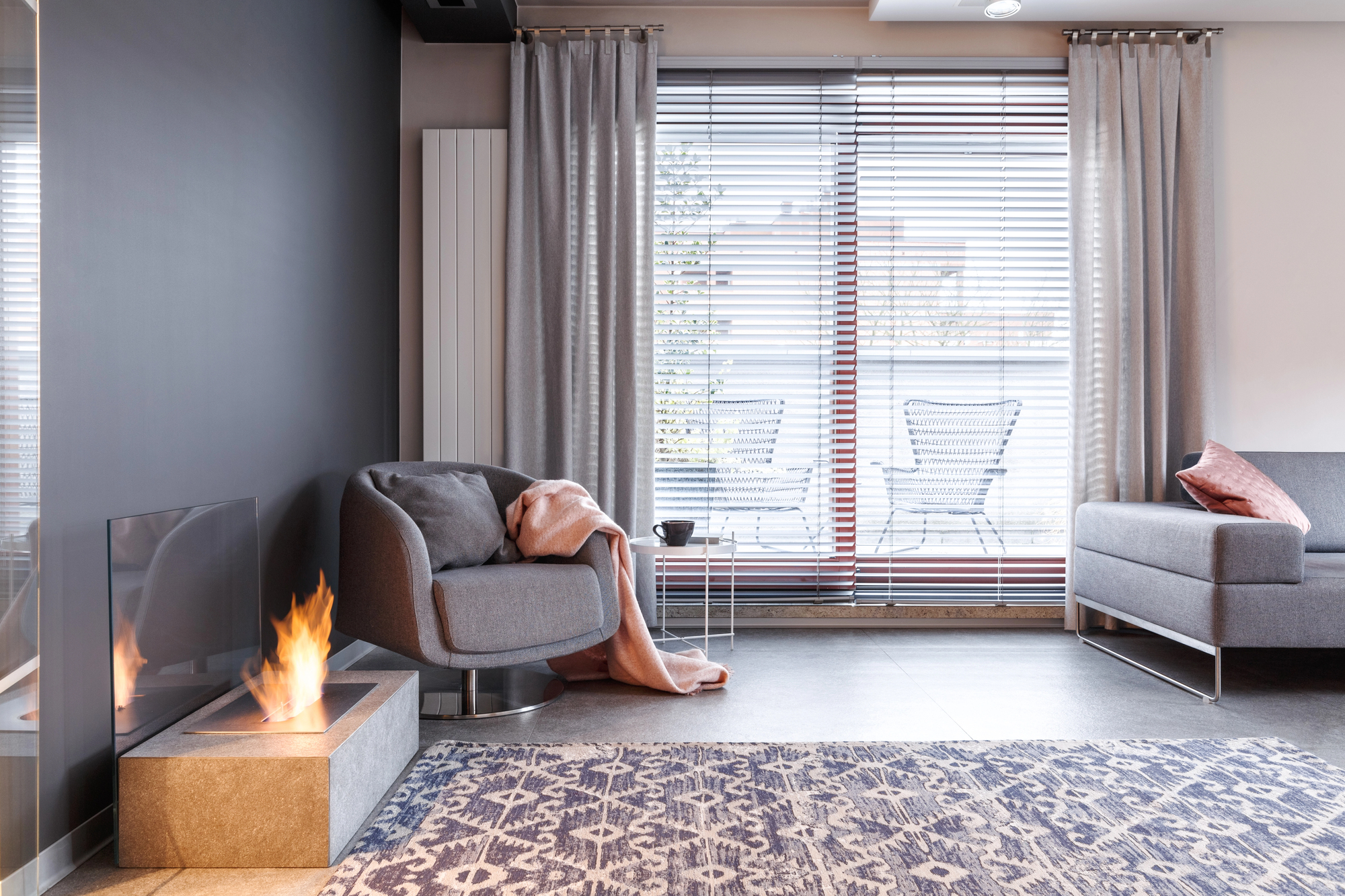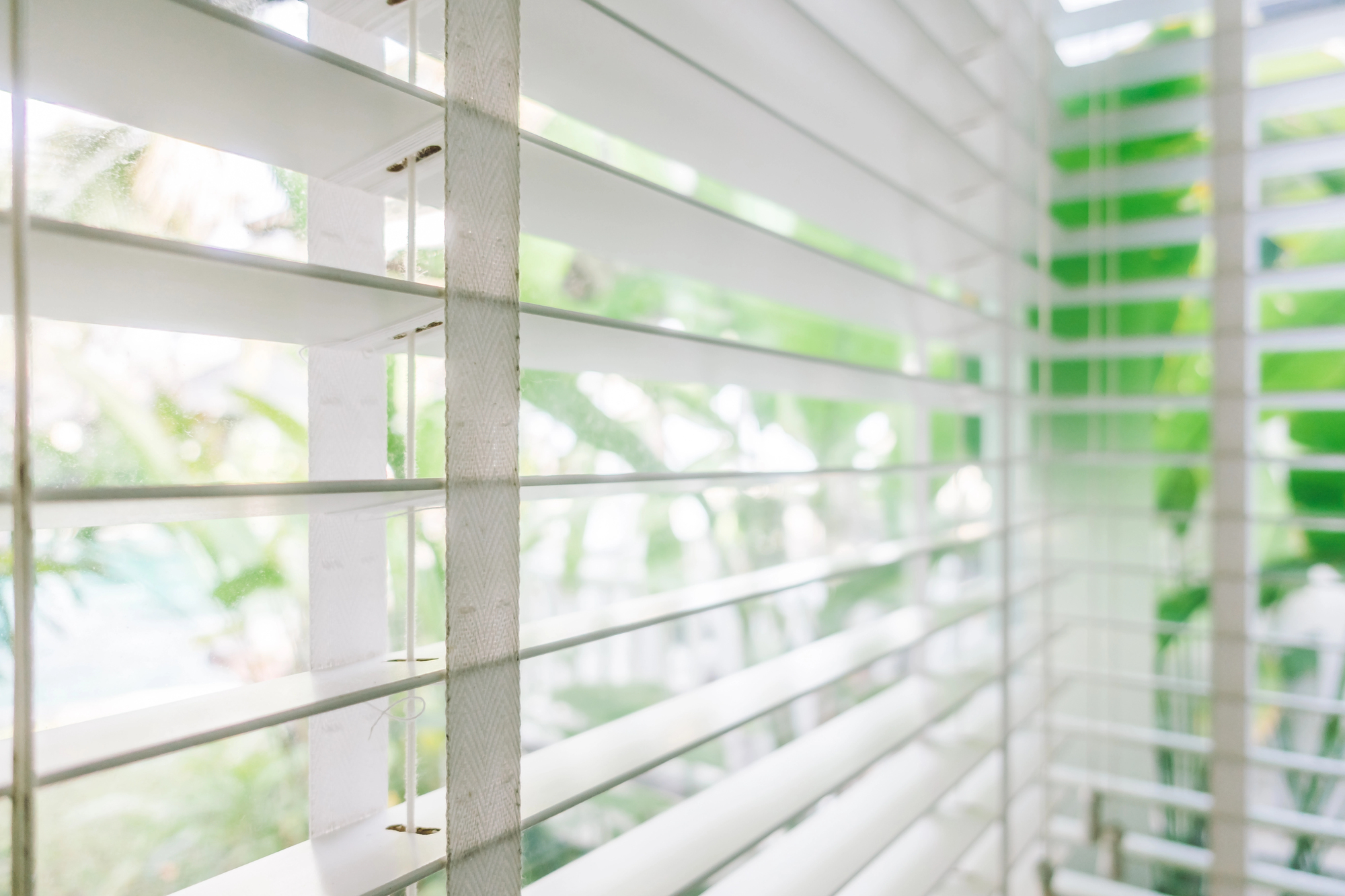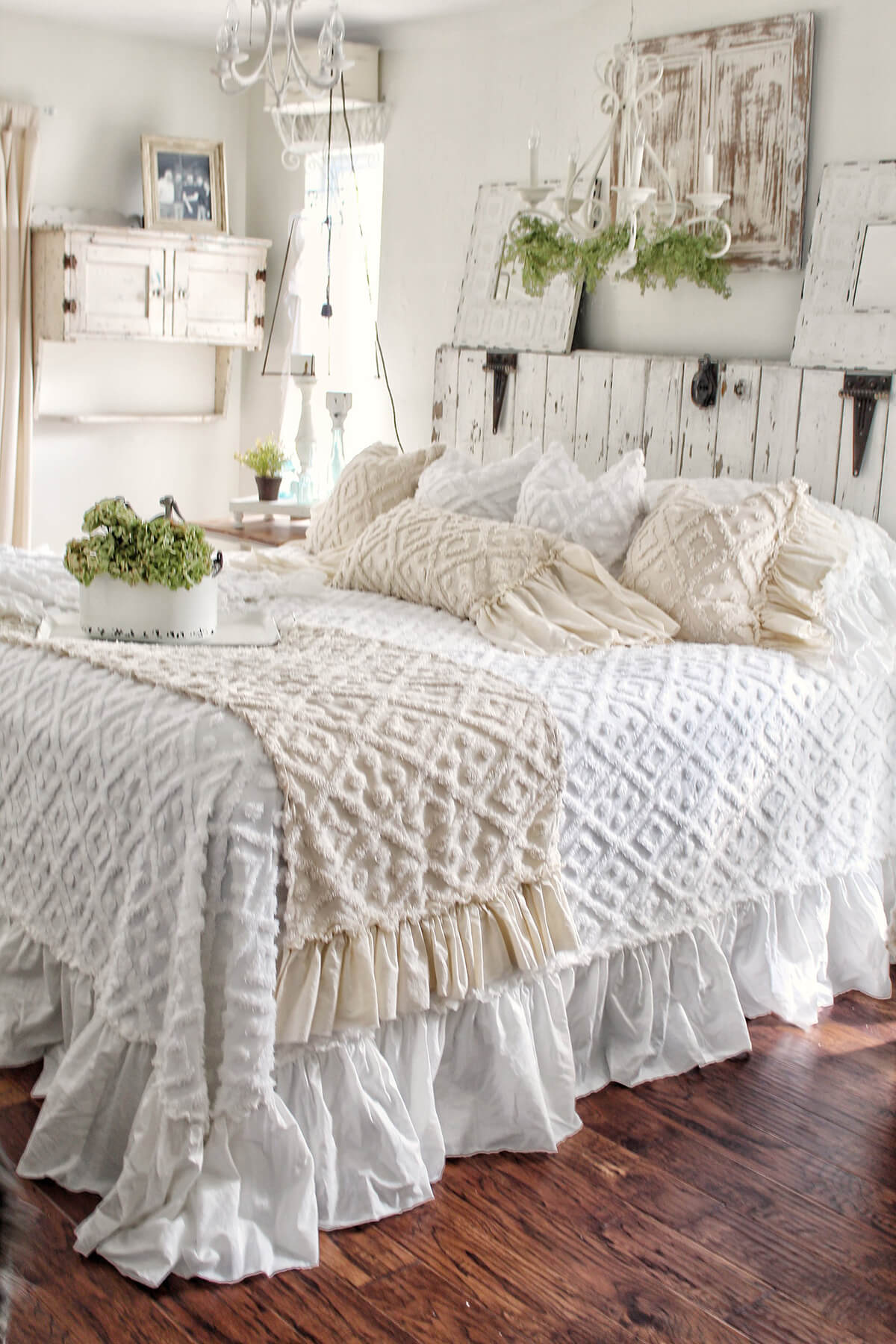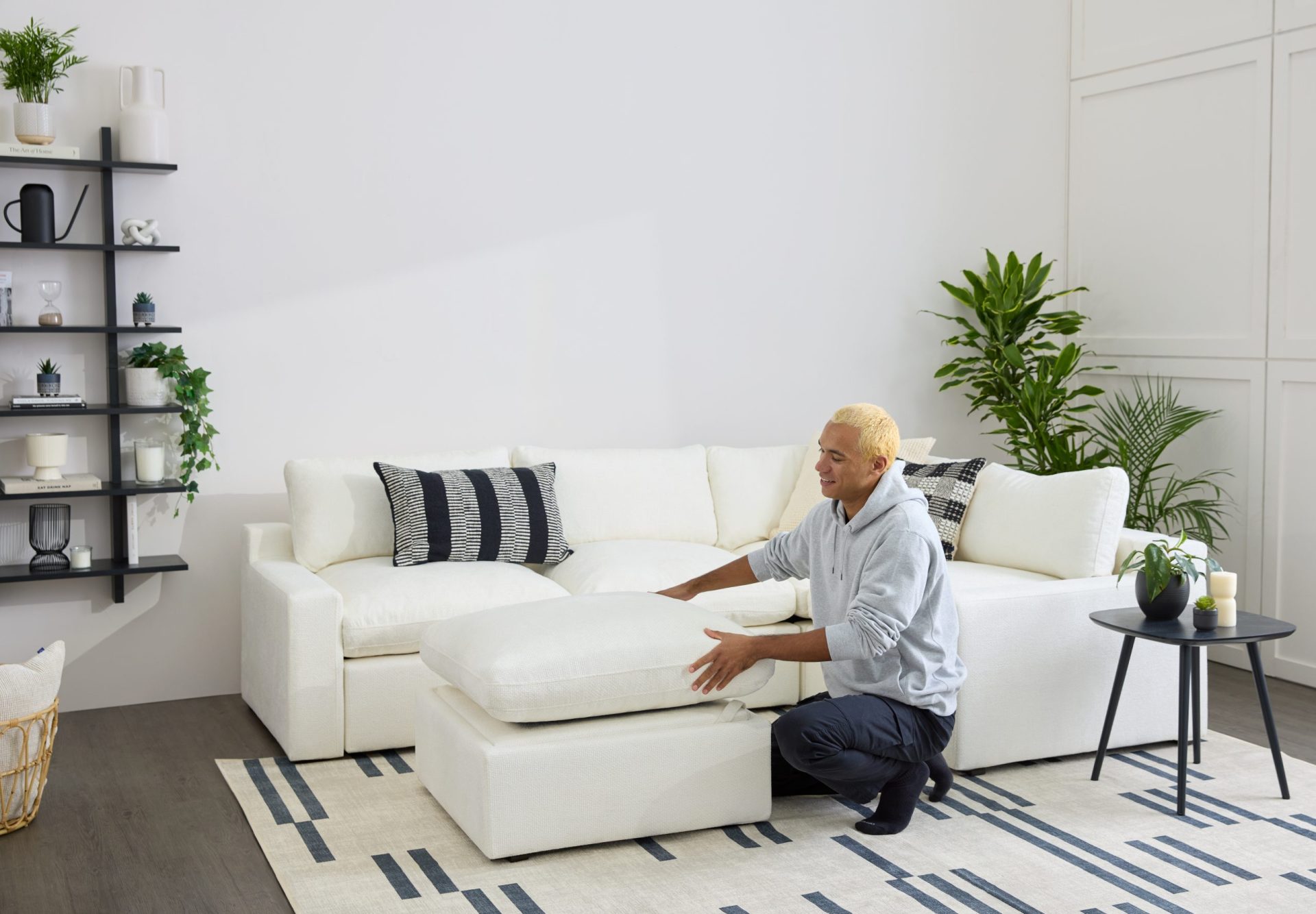Picking the right blinds for your windows can make a big difference in your home’s look and feel. Choosing blinds involves thinking about style, function, and materials to find the perfect fit for each room. You’ll want to consider things like light control, privacy, and how they match your decor.
There are many types of blinds to pick from. Vertical blinds work well for big windows and sliding doors. Horizontal blinds come in wood, faux wood, and other materials to suit different styles. Roller blinds offer a sleek look, while Roman shades add a soft touch.
The right blinds can transform a room. They can block light for better sleep, add privacy, or let in just the right amount of sun. By matching the blinds to your needs and decor, you can enhance both the function and beauty of your living spaces.

Identifying Your Needs and Constraints
Choosing the right blinds starts with a clear understanding of your specific requirements. You’ll need to consider your windows, room functions, and desired light control to find the perfect fit.
Assessing Window Dimensions and Installation Requirements
Start by measuring your windows accurately. Take width and height measurements at multiple points to account for any unevenness. Note if you prefer inside or outside mount blinds. Inside mounts fit within the window frame, creating a sleek look. Outside mounts cover the entire window, offering more light blockage.
Check your window frame condition. Sturdy frames work well for most blinds. Fragile or damaged frames may need lighter options or repairs before installation.
Consider any obstacles like handles or air vents that could interfere with blind operation. This helps you choose a style that will function smoothly in your space.
Considering Room Function and Privacy Needs
Different rooms have varying privacy and light control needs. Bedrooms often require more darkness for better sleep. Blackout or room-darkening blinds work well here. They block most light and offer maximum privacy.
Living areas may benefit from light-filtering blinds. These allow some natural light while maintaining privacy. They create a bright, welcoming atmosphere without harsh glare.
For bathrooms, moisture-resistant blinds are key. Faux wood or vinyl options resist warping in humid conditions. They also provide essential privacy while being easy to clean.
Kitchens need blinds that are easy to operate and clean. Avoid fabric options that can absorb cooking odors. Consider blinds that resist heat and moisture near sinks and stoves.
Balancing Light Control with Energy Efficiency
Blinds can significantly impact your home’s energy efficiency. Light-colored blinds reflect sunlight, keeping rooms cooler in summer. Dark blinds absorb heat, which can be beneficial in winter.
Thermal blinds offer extra insulation. They help maintain room temperature, potentially lowering energy bills. These work well for large windows or in extreme climates.
Consider motorized blinds for hard-to-reach windows. They allow easy adjustment to maximize natural light and reduce reliance on artificial lighting. This can lead to energy savings over time.
Cellular shades trap air in their honeycomb structure, providing excellent insulation. They’re effective for both keeping heat in during winter and out during summer.

Exploring Blinds Options and Features
Blinds offer a wide range of choices to suit your needs and style. From materials to functionality, each type has unique benefits for your windows.
Comparing Material and Style Variations
Wood blinds bring warmth and elegance to any room. They come in various shades and finishes to match your decor. Faux wood blinds give a similar look but cost less and work well in damp areas.
Aluminum and vinyl blinds are budget-friendly options. They’re easy to clean and resist moisture. Fabric blinds add softness and come in many colors and patterns.
Vertical blinds work best for large windows or sliding doors. Horizontal blinds suit standard windows and offer good light control.
Roller shades give a clean, modern look. Roman shades add a touch of luxury with their soft folds when raised.
Assessing Functionality and Maintenance
Light control is a key factor in choosing blinds. Venetian blinds let you adjust slats for precise light filtering. Cellular shades offer great insulation and can block light completely.
Cleaning needs vary by material. Vinyl and aluminum wipe clean easily. Wood may need special care. Fabric blinds often require professional cleaning.
Durability is important too. Wood and faux wood tend to last longer than vinyl. Aluminum holds up well in high-traffic areas.
For easy use, consider cordless or motorized options. They’re safer for homes with kids and pets. Some motorized blinds can even connect to your smartphone for remote control.
Evaluating Additional Features and Innovations
Child safety is a top priority. Many blinds now come with cordless designs or safety features to prevent accidents.
Energy efficiency is another plus. Cellular shades trap air for better insulation. Some blinds have special coatings to reflect heat in summer.
Automation adds convenience. You can set blinds to open and close on a schedule. This helps with temperature control and security.
Look for blinds with good warranties. They show the maker stands behind their product. Some even offer lifetime coverage against defects.
Blackout options are great for bedrooms. They block out more light than standard blinds. This can help improve sleep quality.






